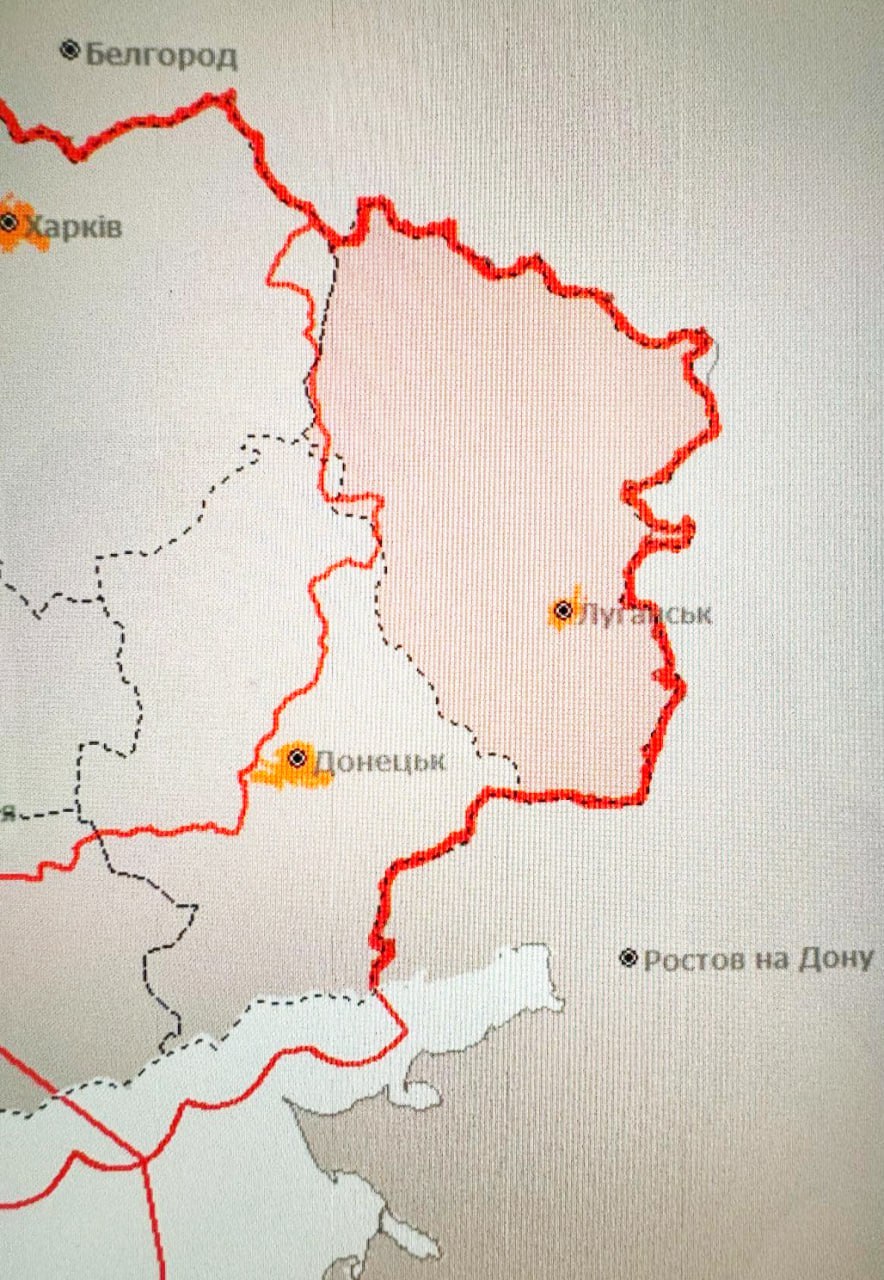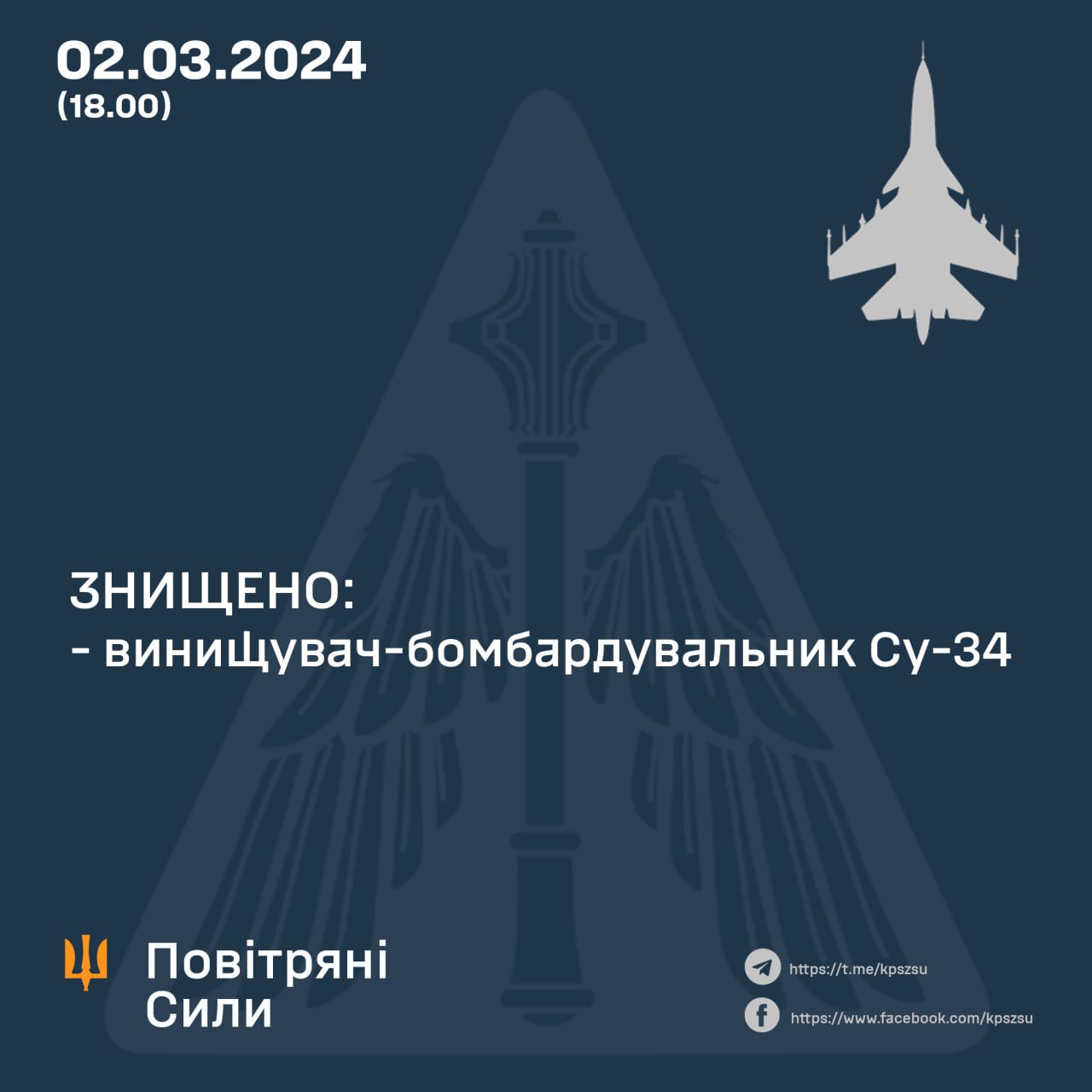My understanding is that these have mostly been used to drop glide bombs. That's not the most-demanding capability, so I didn't really understand why Russia would keep charging them into a dangerous situation where they know that they're taking losses.
Based on this, it sounds like it's because other aircraft don't have related equipment or because the pilots haven't had experience with it.
Before Russia widened its war on Ukraine in February 2022, the 140-strong Su-34 fleet was the main repository of tactical strike expertise in the Russian air force. The Su-34 crews had refined their precision-guided-munition skills during Russia’s war in Syria starting in 2015, Justin Bronk, an analyst with the Royal United Services Institute in London, explained in a 2022 study.
The Russian air force’s Su-35 and Sukhoi Su-30 communities, each with around a hundred planes, could employ air-to-ground PGMs, but usually didn’t.
As a consequence, “most Russian fast-jet pilots do not have significant experience using precision-guided munitions,” Bronk wrote in a separate study, also in 2022. “The specialized Su-34 ‘frontal bomber’ fleet is an exception.”
The Su-34’s design explains the community’s near-monopoly on precision strikes with guided weapons. “As a dedicated ground-attack aircraft, the Su-34 has a retractable electro-optical sensor with laser-designation capabilities called ‘Platan,’” Bronk explained in a 2023 study for CNA in Virginia.
The Platan isn’t the world’s best sensor pod—not compared to the latest American and European pods—but it’s better than nothing. And nothing is what the rest of the Russian air force usually has.
“The lack of targeting pods and multi-role expertise across the Russian fighter fleets leaves the Su-34 fleet as the only ... element theoretically capable of conducting effective standoff dynamic targeting against Ukrainian forces moving in the open,” Bronk and co-authors Nick Reynolds and Jack Watling wrote in a 2022 RUSI study.
To be clear, even though the Su-34s could employ precision munitions, in the first year of the wider war on Ukraine they usually didn’t. “The most common weapons used were stacks of unguided bombs,” Bronk explained in his CNA report. He attributed the preponderance of dumb bombs to Russia’s “limited stocks of PGMs.”
But as the wider war ground into its second year, the Kremlin finally, belatedly addressed its precision-munition shortage. The Russian air force began bolting satellite-guidance kits and pop-out wings onto 1,100-pound and 3,300-pound KAB bombs in order to produce crude, but effective, precision glide-bombs.
The Su-34s were the obvious platforms for these new weapons. They became glide-bombers—almost exclusively. Flying high and fast toward the front line, crews drop as many as four KABs at a time as far as 25 miles from their targets.

